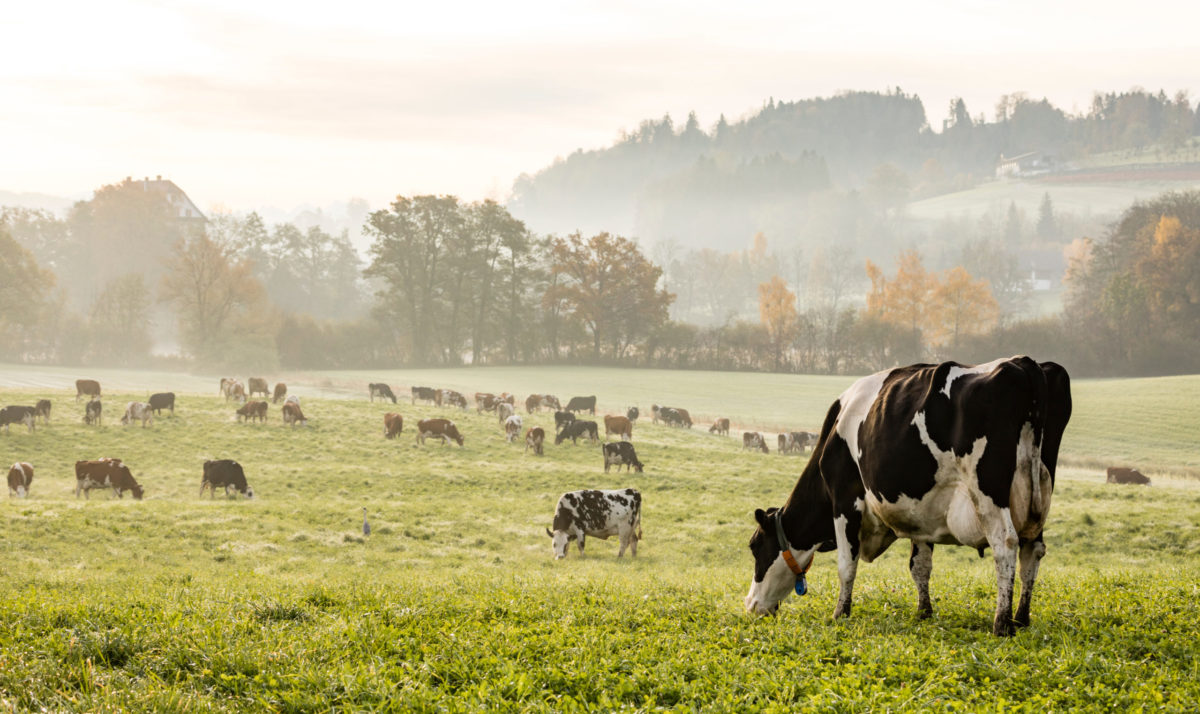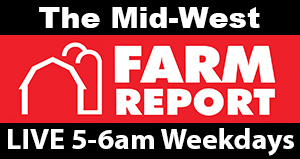
In order to figure out the future of grazing, we first need to take a step back and look at the past. Jason Cavadini is the UW-Extension Grazing Outreach Specialist. He says grazing is not a new concept, but with key technological advancements, it is making it a new opportunity for some.
“It’s kind of interesting to even use the word future with grazing just because it’s not a new thing at all, in fact, it’s probably one of the most ancient things that we talk about in agriculture,” says Cavadini. “But as we look at some of the challenges that we’re facing in agriculture, whether you talk about farms going away or resource concerns, grazing does tend to be a good solution for all of those.”
There is a key distinction between the kind of grazing that people have memories of from their childhood generations ago and what Cavadini is talking about. His emphasis is on managed grazing to manage the forage and land in a way that allows animals to perform well while also keeping the land productive for a long time.
“Another ironic statement is talking about technology and grazing,” adds Cavadini. “But we really do have things to look forward to and are a large reason why managed grazing is now different than it was a couple decades ago.”
One key technological advancement is mobile fencing. Farmers have a lot more flexibility to manage their animals and land than ever before. But it doesn’t stop there for fencing as virtual fencing is also on the horizon. This type of fencing would allow farmers to graze their animals with little to now fence with the use of GPS collars.
Cavadini says, “There are more people in Wisconsin doing grazing research now than there were a few years ago. There is more of a push because of the benefits that we know of that grazing has both economically and environmentally.”
He adds that we can assume that most of the people who want to be grazing are already grazing. But in his role as the grazing outreach specialist, Cavadini is having conversations with those who aren’t interested to find out why. Instead of trying to change their mind about it, he is using the conversation as a way to learn what bottlenecks there are and how to do outreach better.
“I believe managed grazing is a good fit for people, but I also know that a good portion of the grazing that’s already happening can continue to be improved as well,” says Cavadini. “It isn’t all about just getting more out there, it’s improving what’s already out there.”

Leave a Reply